As children, Mary Hull and her brothers spent afternoons playing at their family’s Pomfret, Connecticut, sawmill. These days, all three Hull siblings work in the family business, Hull Forest Products. The company, which their father Bill started in Rhode Island in 1965 and moved to Pomfret in 1970, creates a variety of wood products – processing more than 11 million board feet of lumber annually – and provides woodland management services to private and public landowners in New England and New York. Mary still loves spending time in the woods, as well as in the garden – and helping her two teenaged daughters tend to the small herd of Cotswold sheep they raise.
My childhood was largely spent outdoors – sledding, ice skating on (and swimming in) our backyard pond, horseback riding, working in Mom’s garden. My dad built a sawmill on part of our property – 100 acres, some of which had been farmed since the beginning of the 18th century. My brothers and I were allowed to play at the sawmill after it shut down for the day. We’d bike around the mill yard, jump in the sawdust piles, ride the conveyor chains of the green chain (where lumber gets sorted as it comes out of the mill), and climb to the top of the chip bin. One of my earliest memories is from the blizzard of ’78, when we had mill employees who couldn’t get home sleeping all over the floors of our house.
My parents purchased the property from Lincoln and Edith Crosby. Part of it had been an orchard, which my dad gradually cleared to expand the sawmill. Linc Crosby had run the farm since the 1940s, when he had been in charge of Victory gardens during World War II, and after they sold the farm to my parents and moved to a smaller house nearby, they just couldn’t give up their garden. They would come back every year to plant and maintain the garden with my mom, staying active at the homestead. They were a big part of our childhood and were like additional grandparents.
I rode my horses all through our woods. I always felt at home there and liked to dig around the old cellar holes and hunt for glass bottles and shards of china and stoneware left behind by the previous inhabitants. This helped spark my interest in history. Dad took us to family and client woodlands when he was cruising timber or checking on the progress of a harvest, so the process of growing, harvesting, and utilizing wood was always familiar.
When you grow up in a family business, it is all hands on deck, and you learn on the job. As a kid I did everything from creating brochures to painting outbuildings to sorting and stacking lumber. Dad paid me to clean the break room, and in those days, there was a lot of tobacco juice on the floor. Early on, I took responsibility for our website, something I have always managed, no matter what other jobs I’ve held. After graduating from college with a degree in history, I ran my own business for a decade, producing content for educational publishers. I took some time off from my book business when my children were born. Because I had more free time, HFP kept giving me projects to do, and the next thing I knew I was working full-time in the family business.
We all work in the business – my dad, me, my older brother Sam, my younger brother Ben, my husband Mark. I think it’s no accident that most forest products businesses are family businesses. A family business is uniquely positioned to take advantage of the slow-but-steady pace of forest growth. We all wear a lot of hats. My dad is still very active in the business and spends a lot of time on special projects and land acquisition. My older brother is our president and works a lot on the export side of our business. My younger brother is our vice president and does a lot of the sawmill management. My husband is the forester for our western Massachusetts woodlands and clients. Most of my time is spent quoting orders and coordinating material flow from the sawmill, kilns, and double end trim to the floor shop for order fulfillment. I also do our marketing communications. And we are so fortunate to have a small army of incredibly hard working and dedicated employees. There is never a dull moment when you run a business – fresh daily challenges are the norm. But I love that our work helps sustain working forests and provides safe, sustainable, environmentally friendly materials.
Our business depends on healthy and productive local forests, so forest management has always been a part of Hull Forest Products. My dad is a forester. My husband is a forester. We employ many talented forestry professionals who help us steward around 50,000 acres of client and family woodlands in New England. Some of our clients have been with us for multiple generations. It is very gratifying to help these families create a path to financial return from their forest.
Forest management is important because it creates healthy, resilient forests with a diverse mix of age classes that provide dynamic wildlife habitat and essential ecosystem services. Forest management is also a conservation tool. Sustainable use of forest-derived products enhances a forest’s economic viability, and landowners who receive periodic income from their woods are more likely to keep their forest as a forest. In parts of southern New England, forest fragmentation/parcelization is leading to habitat loss and a loss of economic viability. Timber harvesting efficiency decreases as tract size shrinks, so landowners of smaller parcels are less likely to practice forest management, and it can be hard for those who do want to practice forestry because of complaints from neighbors about timber harvesting.
As parts of southern New England have become less rural, I’ve noticed more people who equate the cessation of timber harvesting with championing the environment. It’s important to note that forest growth in New England vastly exceeds removals, and that our region could be producing a much larger share of the wood it consumes. When we don’t obtain our wood locally, we outsource timber harvesting to other parts of the world, putting pressure on faraway places that may not have a regulatory framework to deliver sustainable forest management.
We need to leverage the locavore movement to enhance connections between local consumers and wood producers. We need markets and policies that support the use of local wood, especially low-grade wood. Despite efforts by the wood industry to promote biomass plants in southern New England, we continue to lack policy support for biomass energy. As a society, if we truly value forests for all they provide – from renewable building materials that store carbon throughout their service life, to recreational opportunity, to ecological services like air and water quality enhancement and wildlife habitat – then we need to prioritize the use of domestic wood.
The Northeast is very good at growing trees. We are one of the most densely forested regions of the country, so there is opportunity here to develop a larger forest-based economy. It is heartening to think that public opinion may be shifting in favor of a greater use of wood as more people recognize its unique benefits of carbon storage and renewability. As the world embraces a bioeconomy, wood will play a larger role in bioenergy and in reducing the environmental impact of modern buildings. That is good news for our forests and our planet.
Less than one percent of Americans manage agricultural land, so often people don’t understand what goes into that. Hull Forest Products works to educate the public about the value of working forests. We place signage at our timber harvests so people can understand what is happening, where the harvested wood is going, how it will be used. We invite people to come tour a managed woodland to see what it looks like – pre, post, and during harvest. Our foresters lead woods walks to teach the public about the benefits that flow from managed woodlands. When people tour one of our family woodlands, they receive a copy of that forest’s history to help them put the current forest management in perspective and understand the cycle of growth, harvest, and regeneration.
I do a lot of histories of our forestland properties. I also like to do gravestone rubbings. I keep paper and wax in my car because you never know when you’re going to pass an old burial ground with interesting stones. Often, I’ll find names that I recognize because of the people who lived in our woodlands. When I do the histories of these forestland properties, I’ll trace it back through the land deeds and try to find out as much as I can about the people who lived here over the years. We’ll put that into the forest history, which we share when we do walks in our woodlands.
Last year, with the pandemic, was kind of a crazy year for our business. Overall sales were down compared to 2019. On the flooring end, things really slowed down in April of 2020, but then demand ramped back up. I think a lot of people didn’t anticipate the growth of do-it-yourselfers and people moving out of the cities and wanting to buy homes in the country. Now there’s more demand than there is supply. Some mills shut down last April at the beginning of the pandemic. Even if it was just for a month or two, that affected capacity in the industry, which is still being felt and will continue to be felt. There’s not really an easy way to increase capacity. Even if somebody wanted to buy more sawmill equipment, often there’s a long wait to get that. And people can’t just add more staff – it is very hard to find help right now.
We have incredible demand and not enough supply. A lot of the lumber is spoken for before it’s even out of the kiln. So, you’re trying to keep up with your regular, steady customers, the people who have been with you through lean times. On the flooring side of the business, we were already competing with non-wood floor coverings. Now with shortages driving prices up, you worry about pricing people out of a wood floor.
The other issue we’re dealing with is there are really no shipping containers to be had. So for American exporters, it’s difficult. Last fall during the pandemic, a lot of Chinese exports that came to America – instead of leaving those containers here, the shipping companies took the containers back to China, empty, because the demand was so strong in China, due to so many people ordering items online during the pandemic. Now there are just not enough containers on this side of the globe to move product. And it’s costing us a lot more to move it.
One of the good things that has come out of the demand for lumber is that there is more interest in other species. For example, we have a lot of red oak in southern New England, but red oak has often taken a backseat and been a kind of poor cousin to white oak. Now with demand outstripping supply, some people are priced out of white oak and we are seeing more interest in red oak.
Another positive thing to come out of the pandemic is that more people than ever took to the woods. We had unprecedented interest in our recreational leasing program last year. We do private recreational leases for hunters and outdoors people, and we saw amazing demand as people sought out a place for themselves in the woods. The woodlands we own that are open to the public for recreational access also saw an increase in activity. Enhancing connections between people and local working woodlands is a good thing.
We are fortunate to live in rural western Massachusetts, adjacent to one of our Hull family woodlands. We spend a lot of time on the family land here. My favorite time to walk in the woods is early spring before the trees leaf out. I am always excited to see our first spring ephemerals – trillium, bloodroot, and trout lily. There is so much comfort in the annual occurrence of things in the woods. I like to walk in these woods among the stone walls and the stone piles, back to some old foundations where a barn and farmhouse once stood. Lilies have naturalized from the house cellar hole across the forest floor and down the long-abandoned road. They make me think about the woman who first planted them in her dooryard.


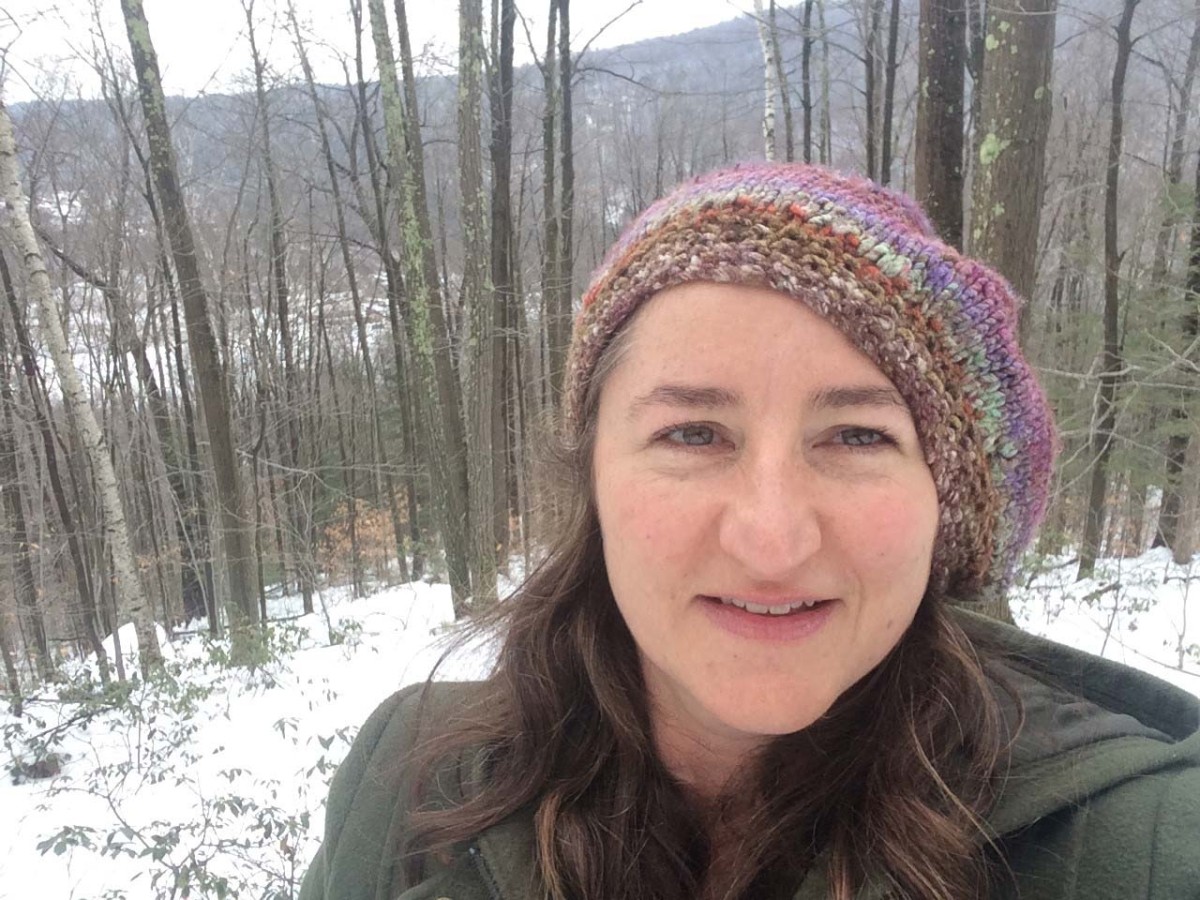
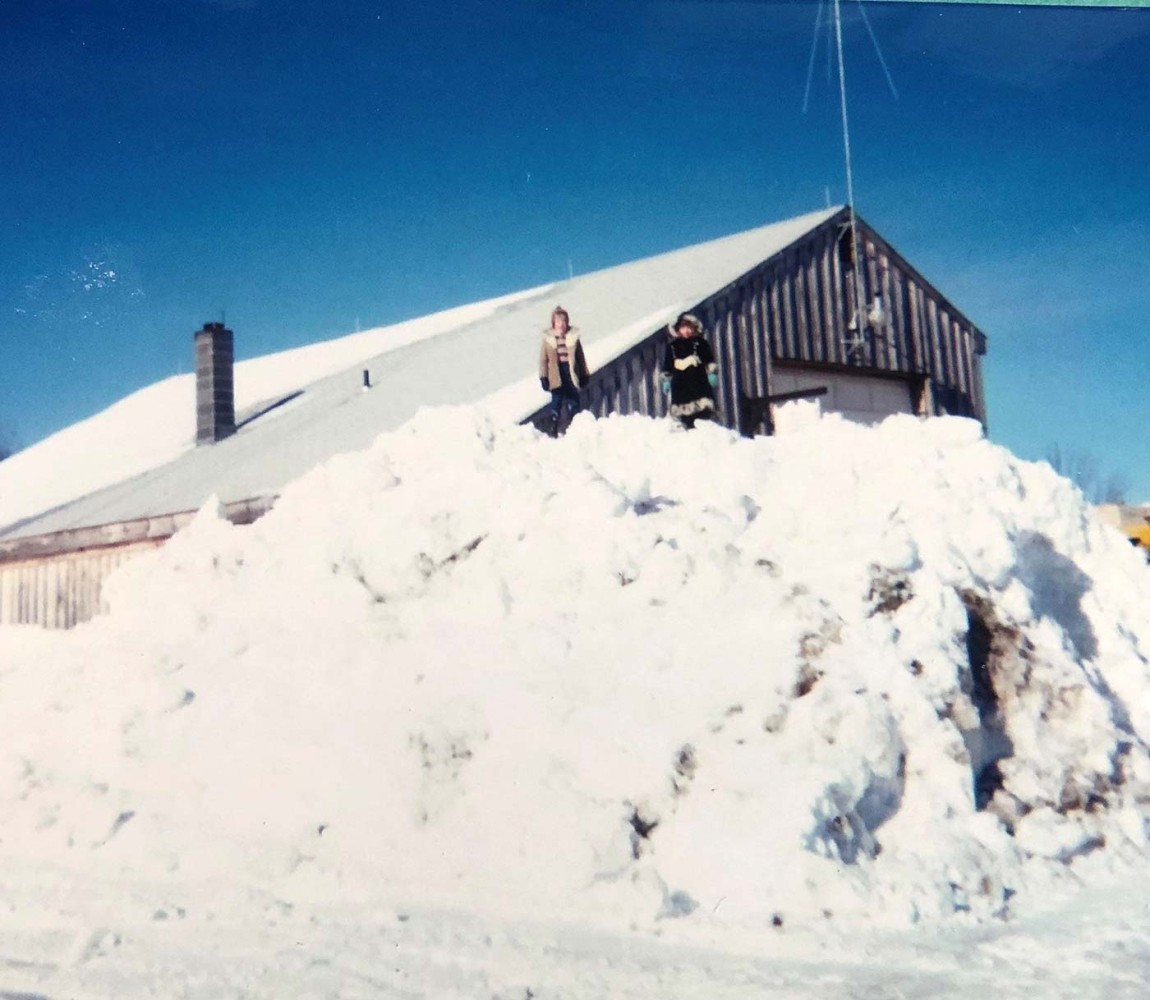
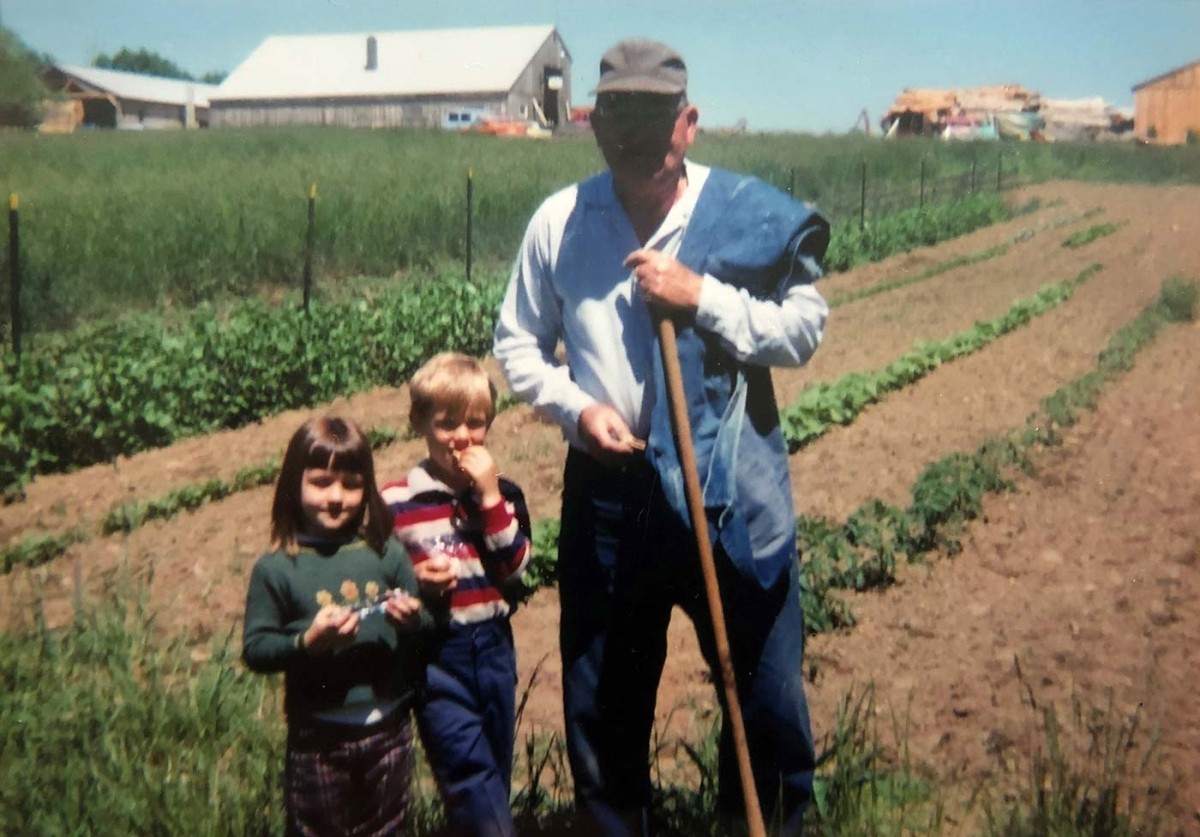
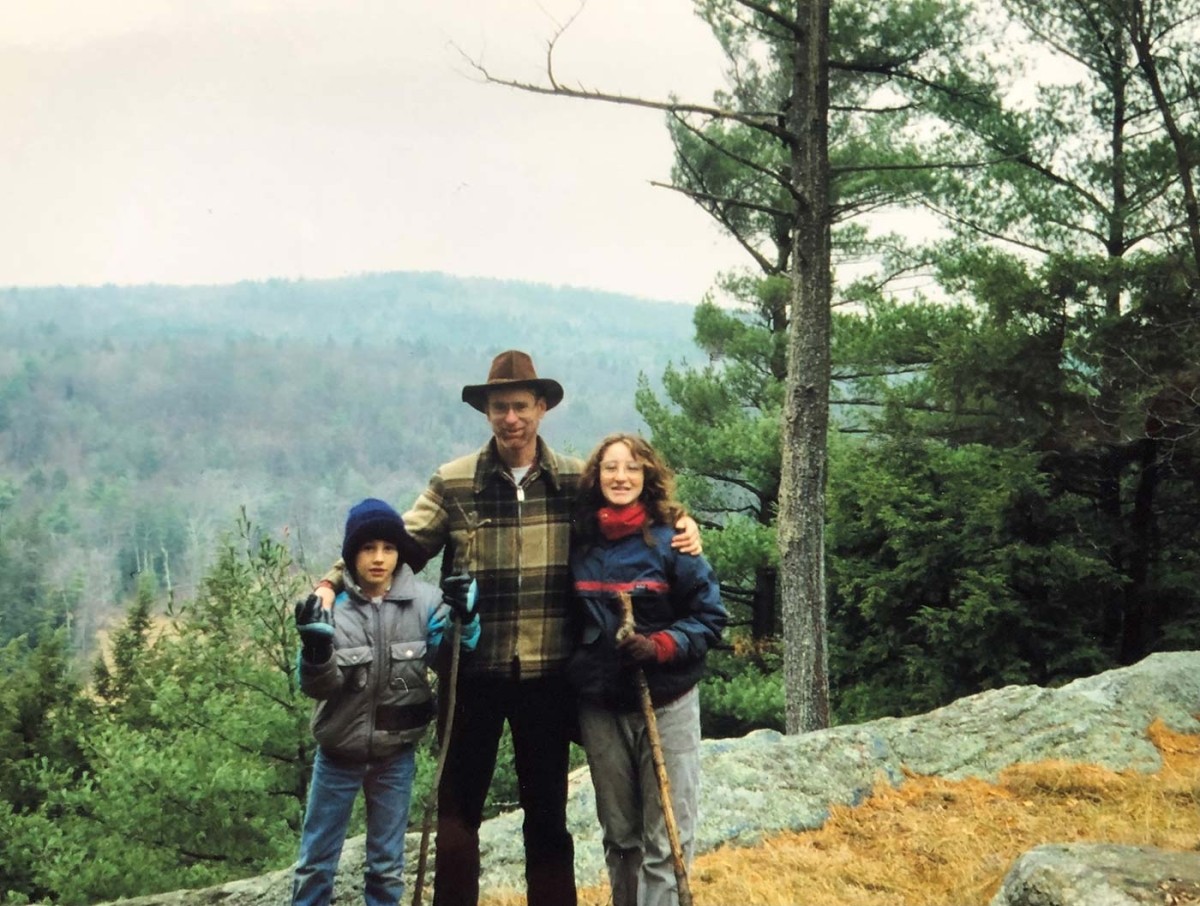
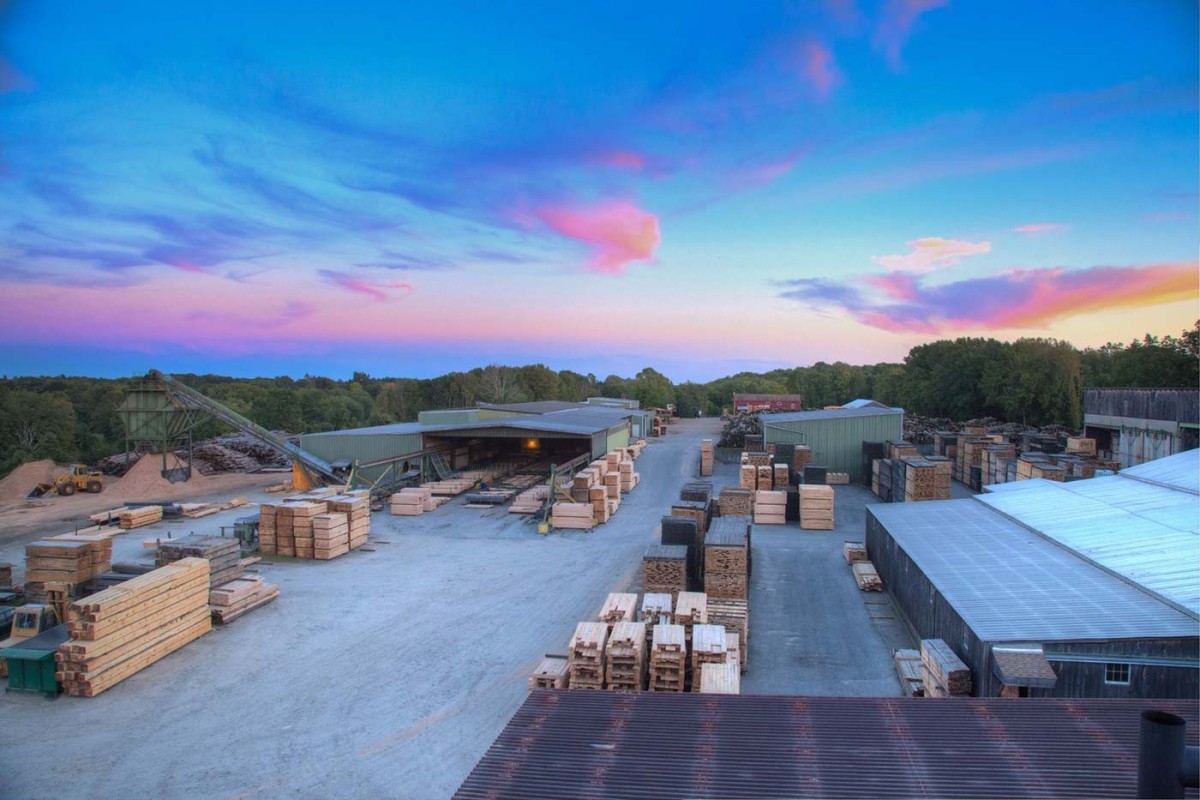
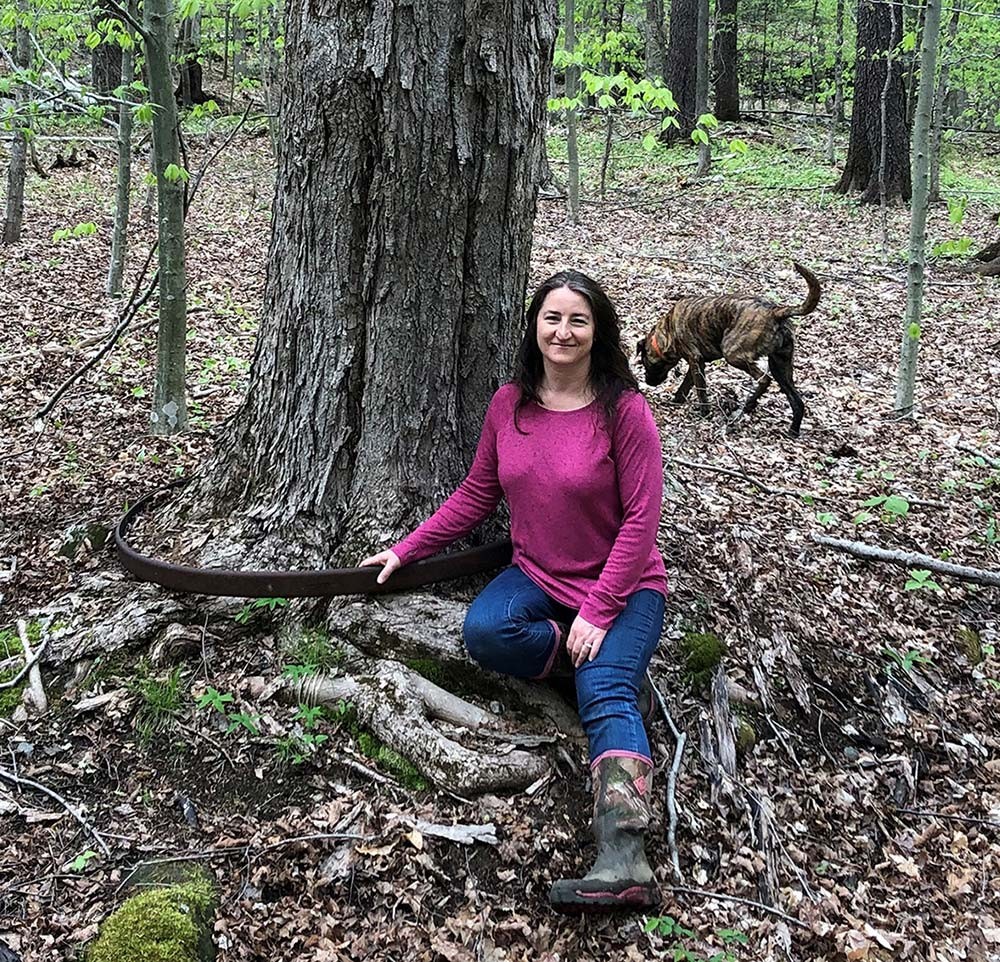
Discussion *